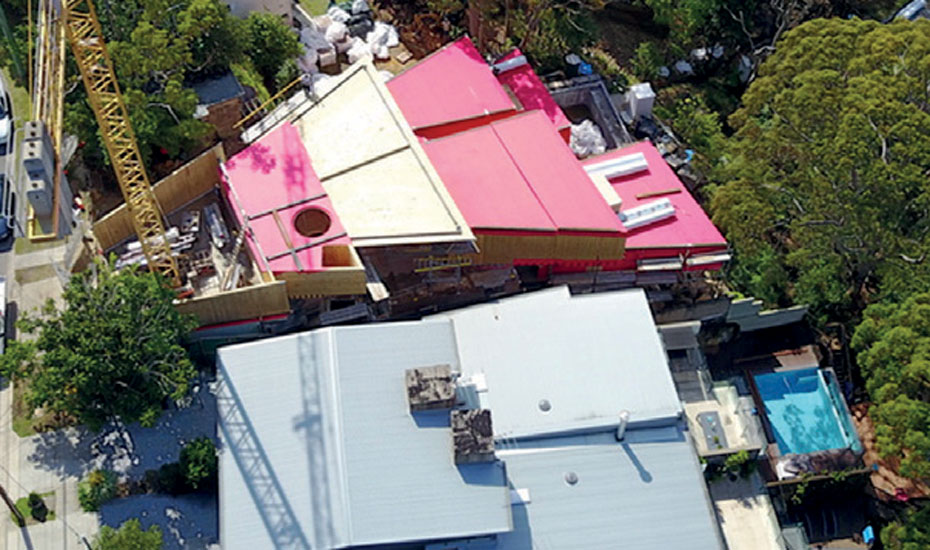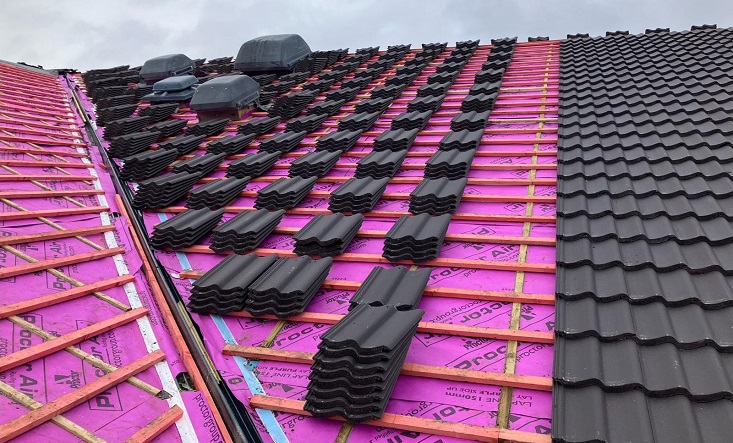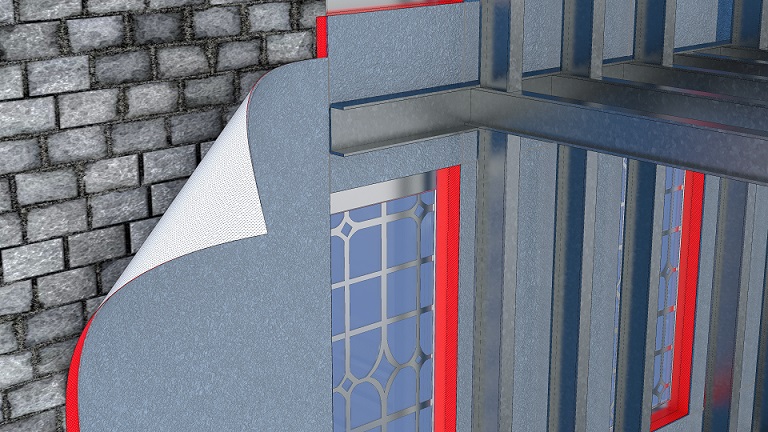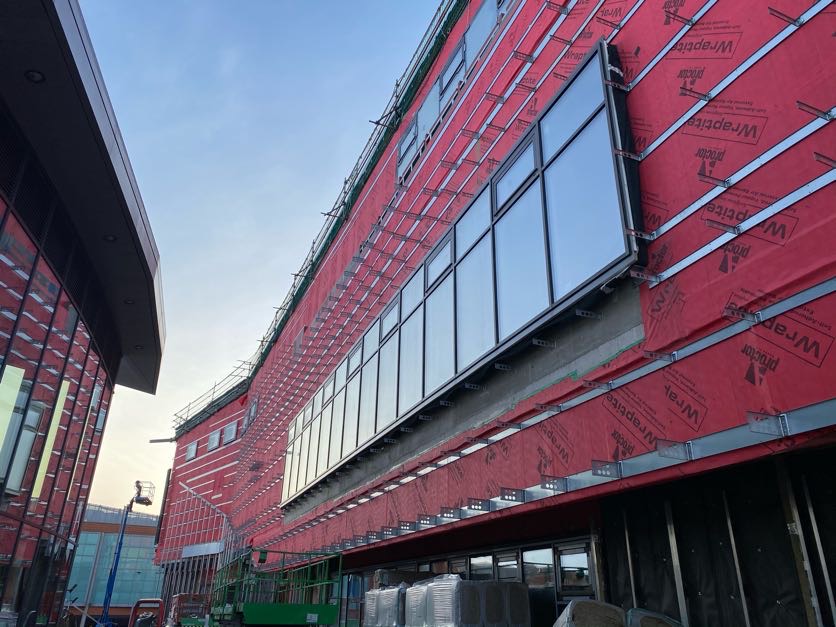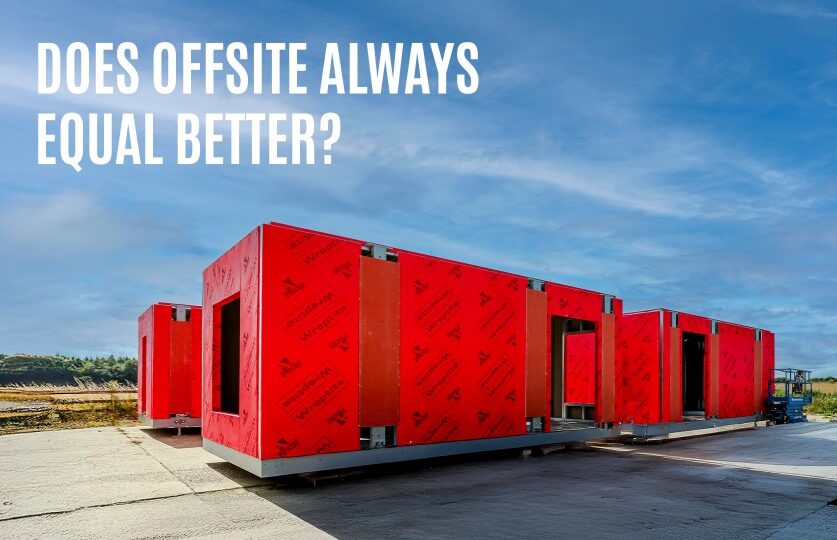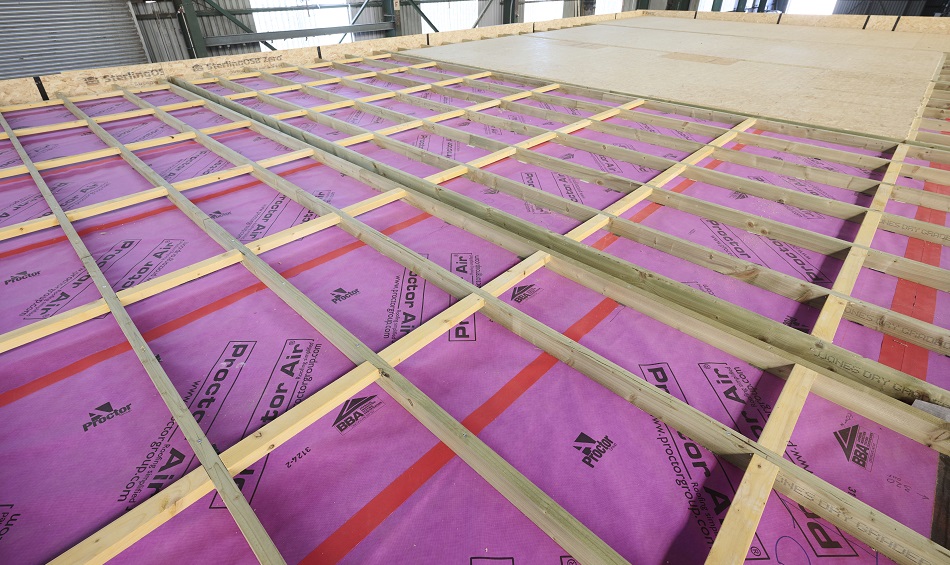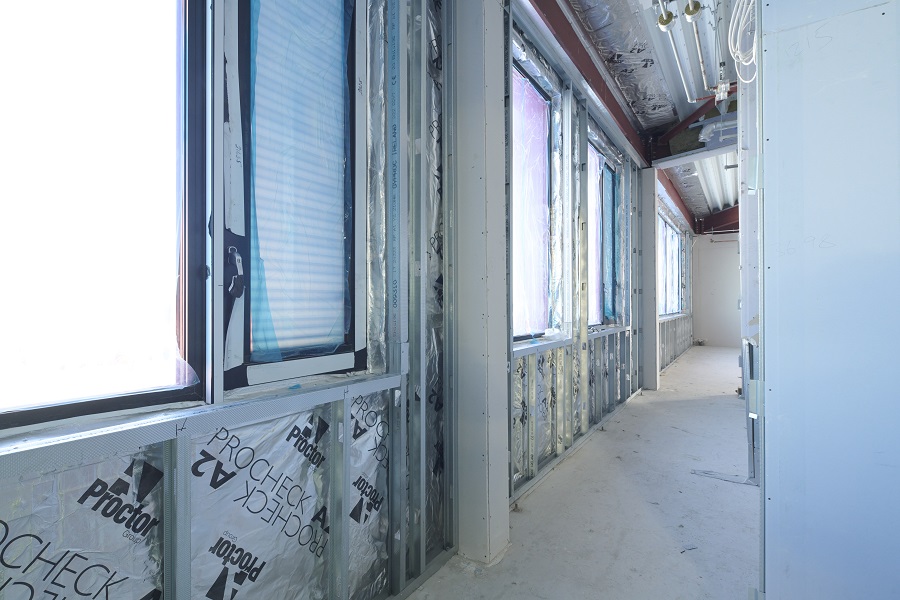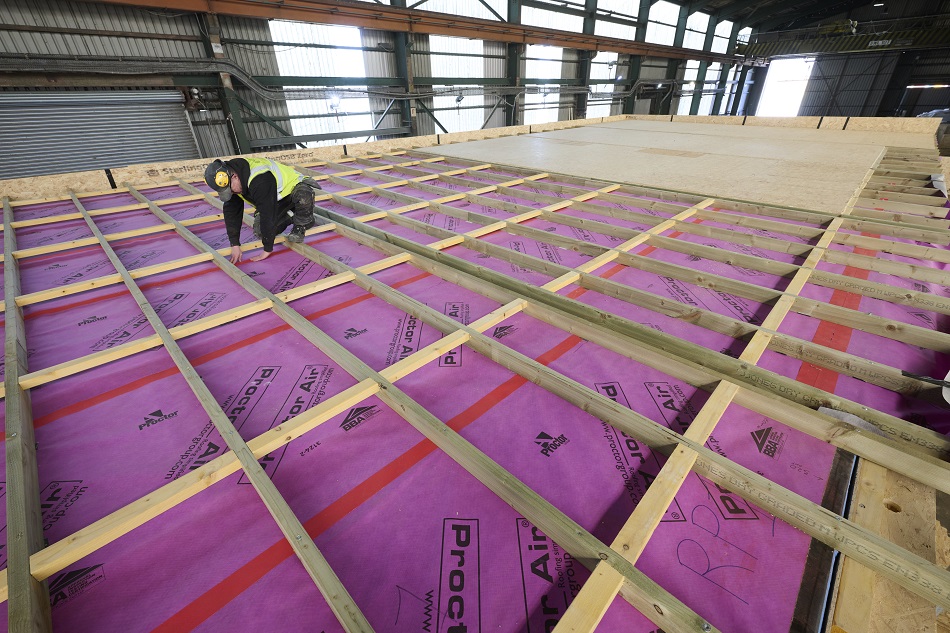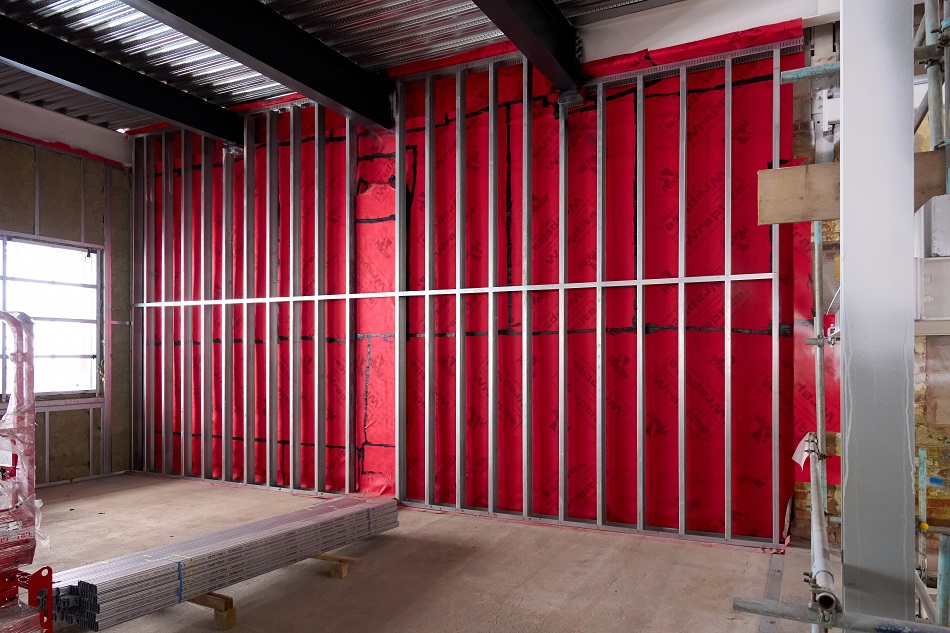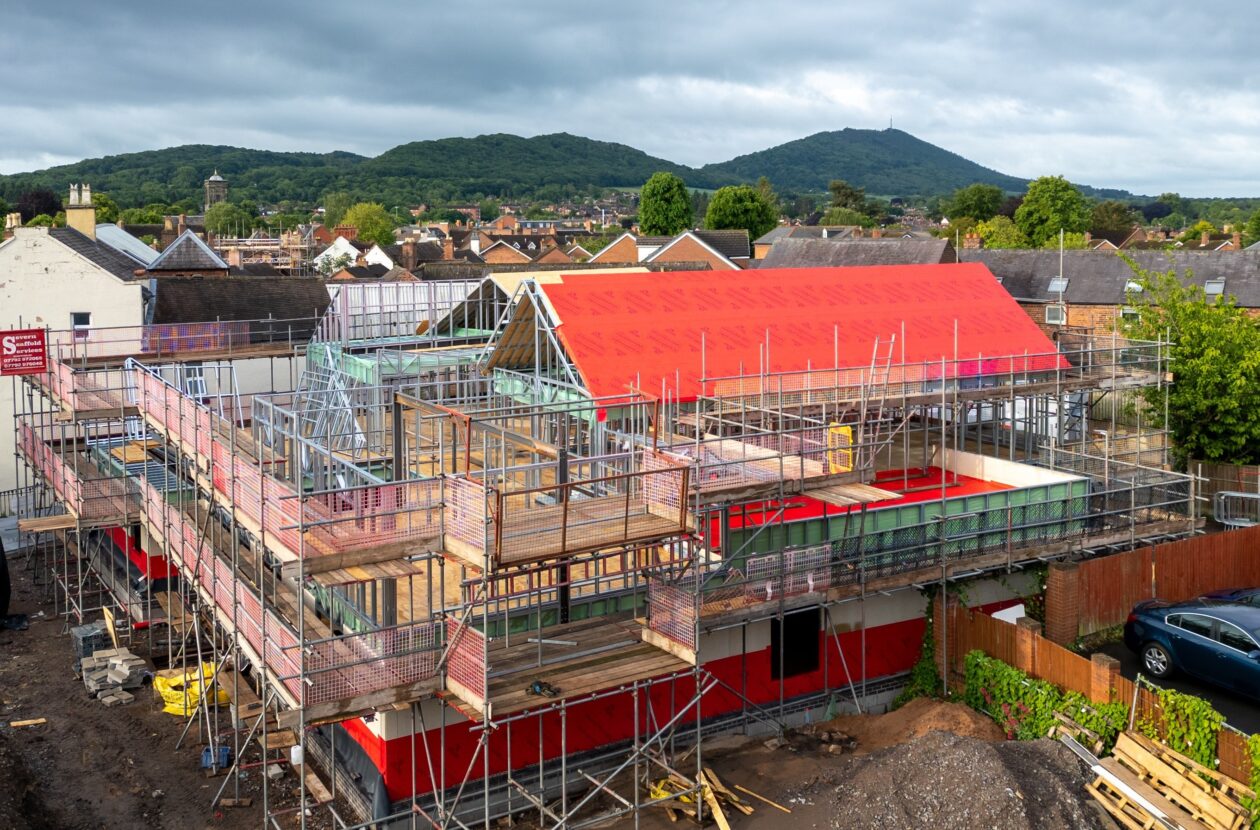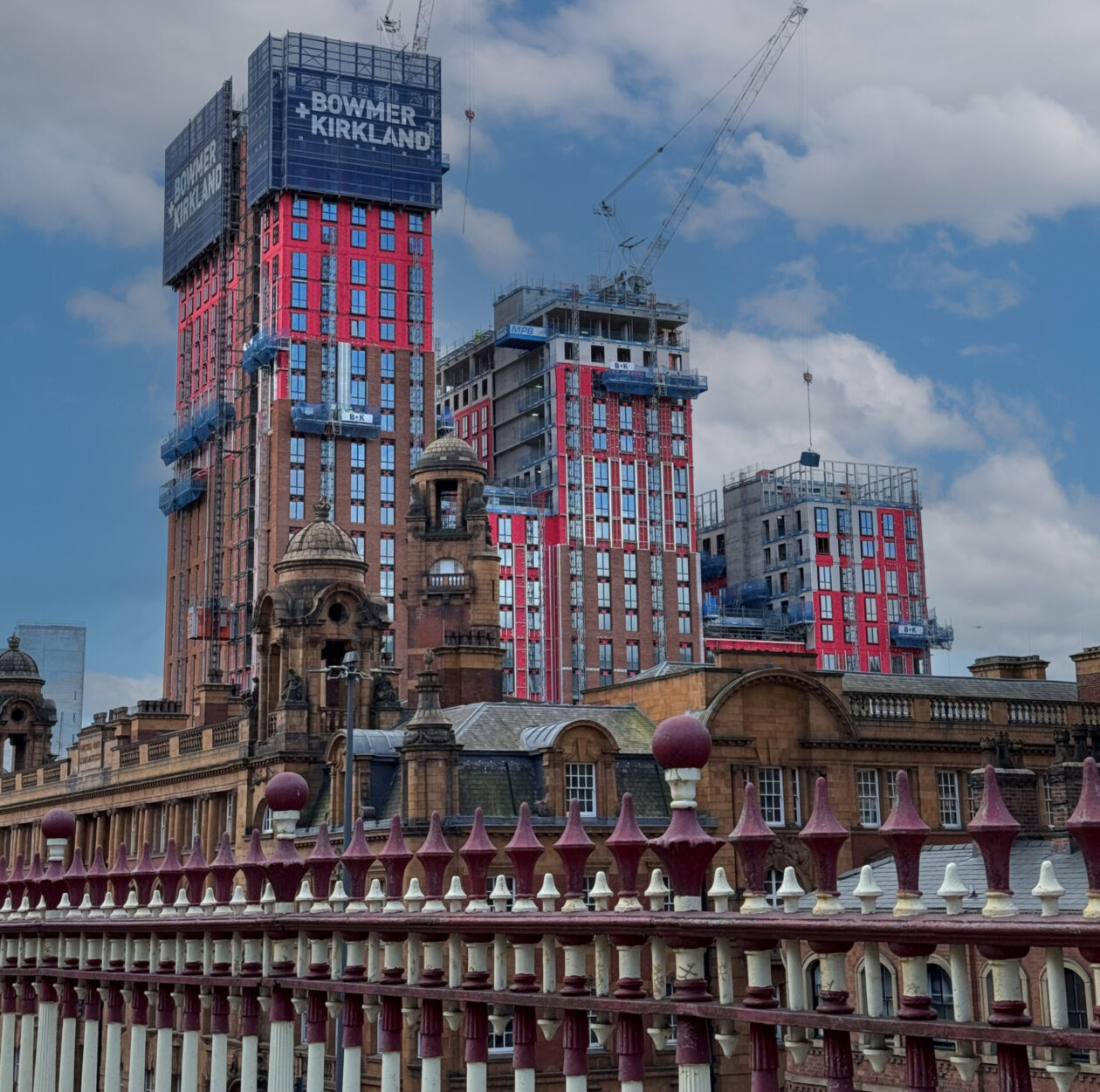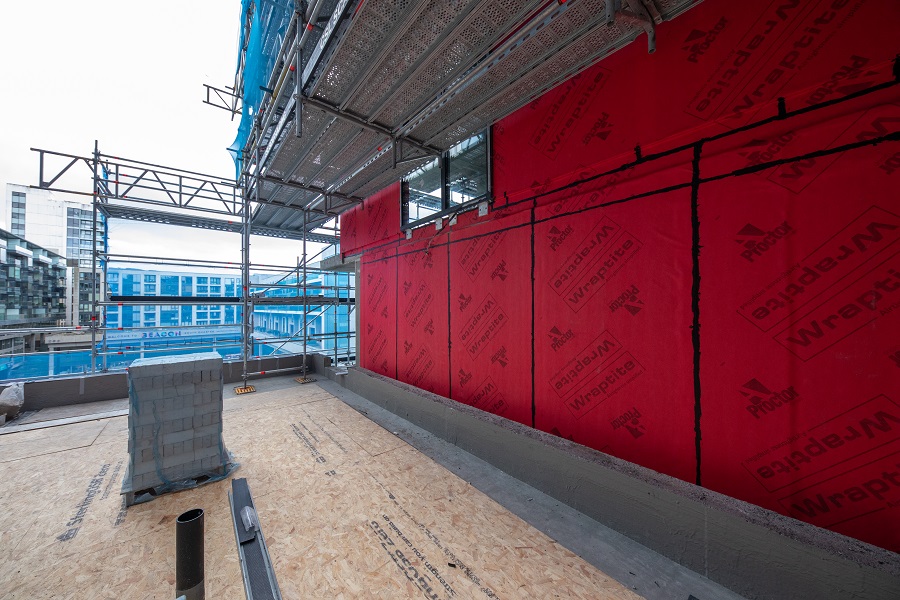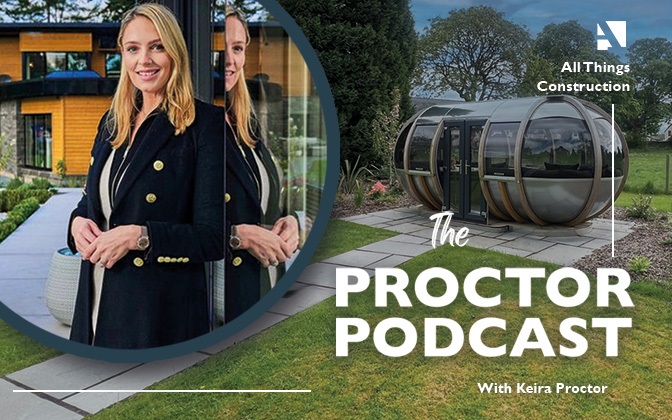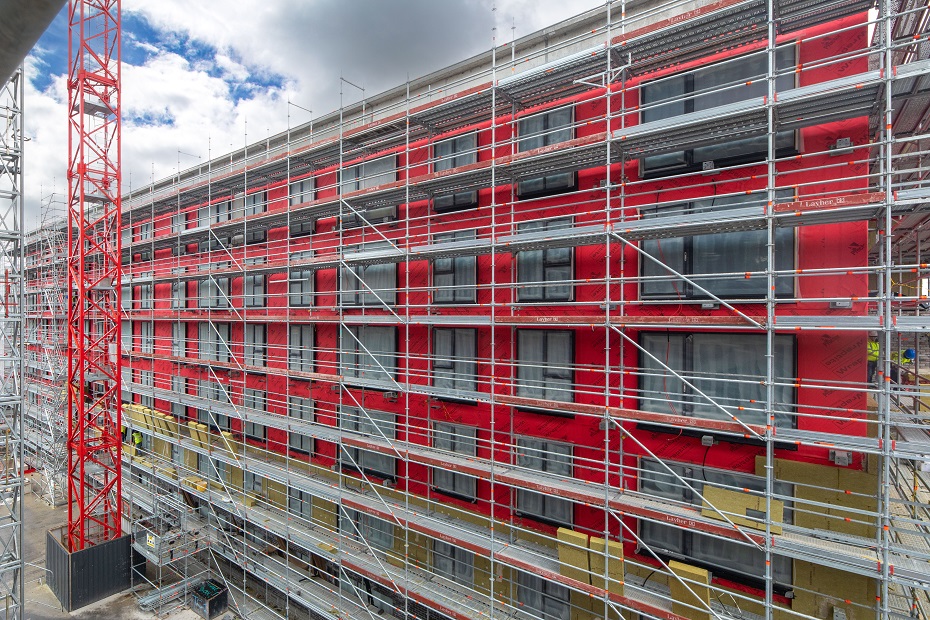Increasingly architects and designers are turning to natural products such as timber in seeking to bridge the disconnect between our increasingly busy lives and our opportunity to connect with nature in the everyday. International studies have long sought to demonstrate the benefits associated with the use of natural materials in our homes and workplaces linked to improvements in physical and mental health. More recently a study by Australian research consultancy Pollinate has been able to demonstrate benefits links to lower blood pressure, reduced levels of stress and improved productivity.
Request a Sample
Technical Advice
CAD Detail Review
U-Value Calculation
Book a CPD
Specification Check
Product Information
One such project which endeavours to maintain these close links and benefits with nature is the home of leading Australian architect James Fitzpatrick on the Sydney North Shore, which incorporates Wraptite, from the A. Proctor Group, as an external air barrier system. A key environmental focus of the design was intended to ensure that the building would sit comfortably within the natural landscape and efficiently assist with the heating and cooling of the home.
Cross laminated timber (CLT) was used within the main design, due to it’s structural properties with some of the walls being up to 300mm thick.
The concept for the Seed House came from spending time in the natural landscape, collecting seed pods with the intent to use them as plant stock for the property. The proposed building pods close themselves off from the surrounding cacophony and leave themselves open to an ever-changing aspect. All pods can be closed down through doors or curtains from the main dwelling to create a sense of enclosure, separation or individual thermal control.
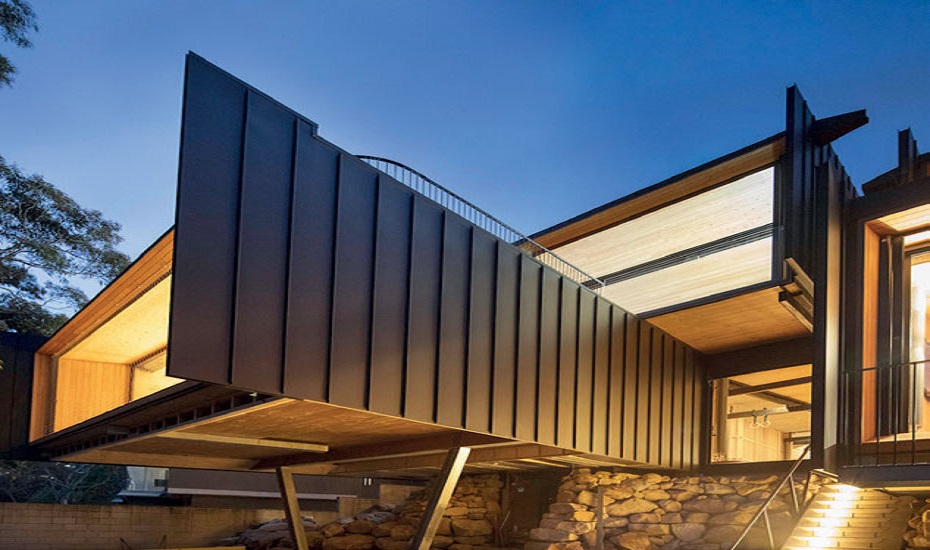
Wraptite, a self-adhesive membrane, can fully bond to multiple different substrates to provide a continuous, self-adhered, airtight, and watertight finish. The unique characteristics of Wraptite allow moisture vapour to escape the building interior, whilst maintaining the integrity of the airtight building envelope. Wraptite also prevents lateral air movement, further enhancing the buildings overall thermal performance. Wraptite is available in Australia and New Zealand from the Proctor Group Australia.
The correct management of moisture vapour within buildings is an important aspect of ensuring the longevity of not only the building fabric but also the health of the occupants. As today’s structures become increasingly better insulated, more airtight, and more energy efficient, taking management of moisture into account in the design process becomes more critical, to ensure that it provides a durable, fit for purpose environment throughout the building’s lifespan.
